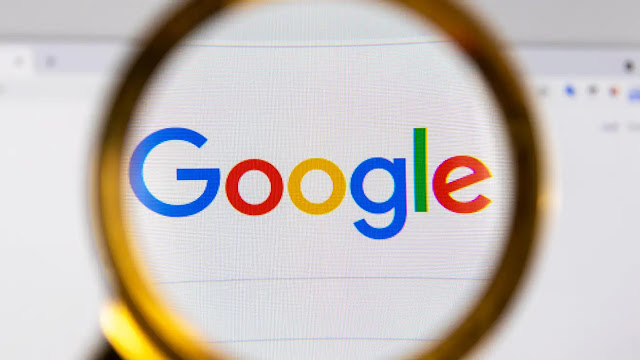On Tuesday, Google unveiled a number of new initiatives to support users of its products who have a variety of disabilities.
In order to enable businesses to self-identify as disabled-owned, the corporation developed a new business attribute symbol to its Maps and Search products. The emblem joins Google's expanding roster of business qualities, which already includes LGBTQ+ friendly, Asian-owned, and Black-owned businesses.
Magnifier, an app that uses the Pixel's camera like a magnifying glass and lets users zoom in and apply color filters, was also launched by Google. People with limited vision can use the app to view little details in their environment because it was created in collaboration with the National Federation of the Blind and the Royal National Institute of Blind People. The filters can improve small text's contrast, brightness, and color as well as other details that visually impaired people can find difficult to see. With the exception of the Pixel Fold, the feature will work with Pixel models 5 and upwards.
Google Maps will feature accessible walking routes so that everyone can use stair-free pathways. Although the feature was designed with wheelchair users in mind, senior adults who struggle with stairs or individuals pushing strollers may find it useful as well. A wheelchair icon will now appear on Google Maps for locations with accessible amenities and step-free entrances.

Since its release last year, Guided Frame has improved selfies; however, new features enable users who are blind or have impaired vision to shoot pictures. Low-vision users can capture the ideal image with the help of audible cues, tactile feedback, and high-contrast animations, guaranteeing that faces, pets, dinner dishes, and even documents are properly in-focus. The Pixel 8 and 8 Pro can receive this update, however will roll out to the Pixel 6+ later this year.
Google's crown jewel, the search bar, got another function introduced earlier this year. Now, the address bar in Chrome recognizes typos and recommends websites based on what Google believes you meant to type. Both individuals with dyslexia and those who occasionally make typos can benefit from the technology in finding the information they need.

